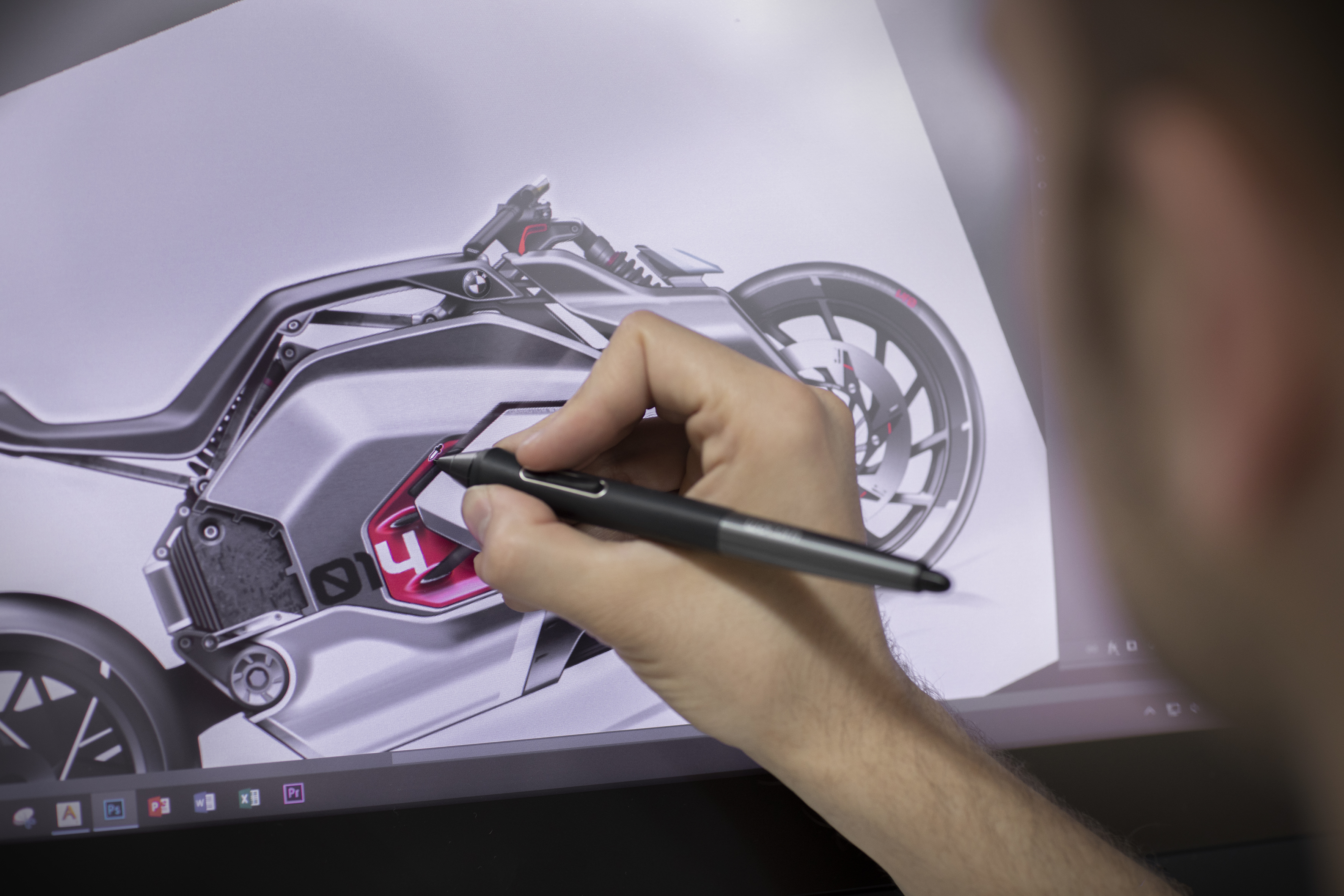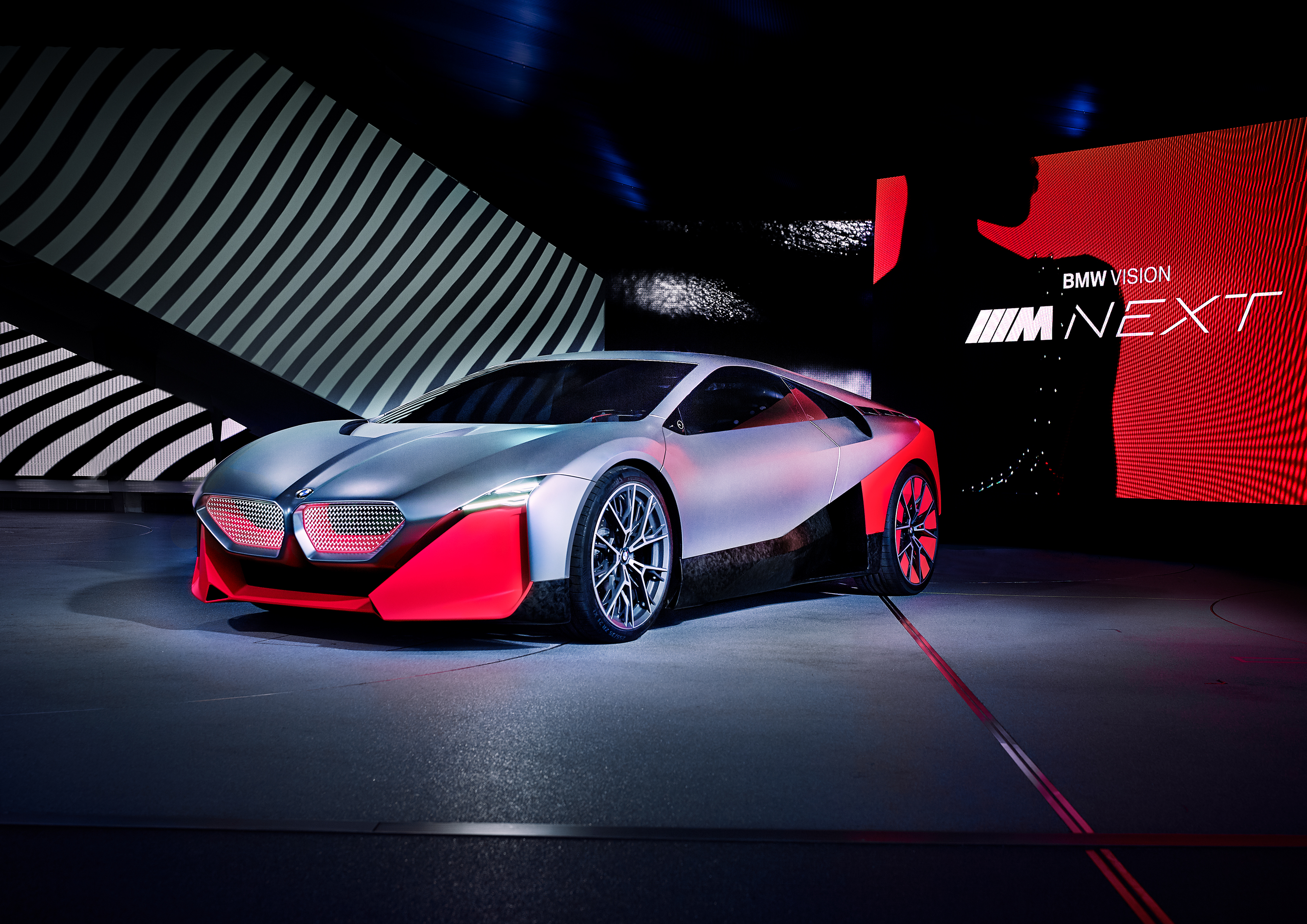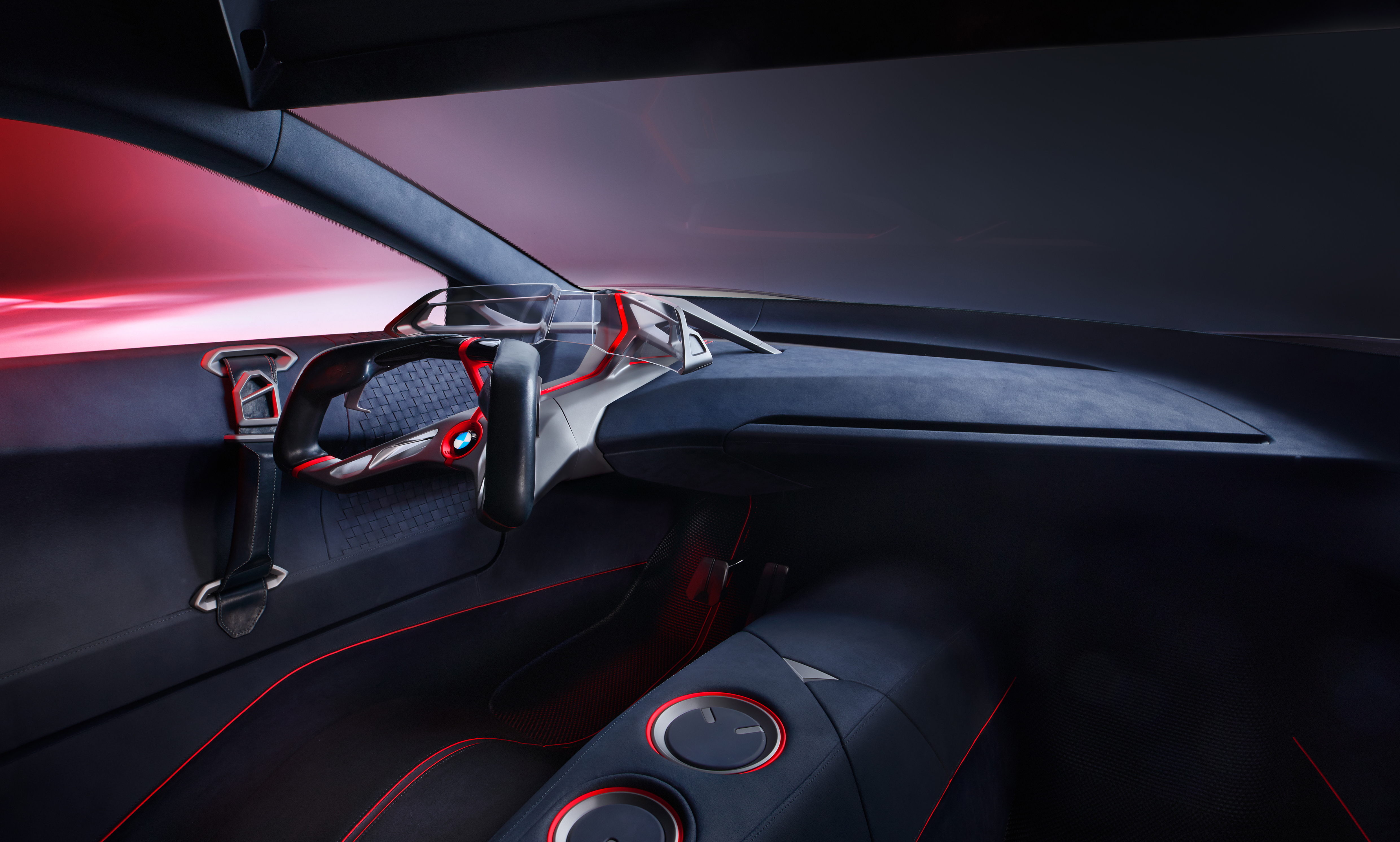Open, a Bangalore-based startup that operates a “neo-bank” to help businesses automate and run their finances, has bagged $30 million in a new funding round as investors look to replicate a globally tried and tested business idea in emerging markets.
The Series B financing round for the two-year-old startup was led by Tiger Global with Tanglin Venture Partners Advisors and existing investors 3one4 Capital, Speedinvest, BetterCapital AngelList Syndicate also participating in it. The new round valued Open at $150 million, a person familiar with the matter said. The startup has raised about $37 million to date.
Open operates as a neo-bank that offers nearly all the features of the bank with additional tools to serve the needs of a business. Millions of small and medium sized businesses in India struggle with maintaining multiple bank accounts, bookkeeping of their daily spending, and bandying out payments to employees.
Open offers them a platform that automates much of this task. It lets them keep track of each transaction — who it came from, where it is going, and what sales it made across accounts.
“We have a small business owner from Ahmedabad on our platform. They see 59 transactions from their customers in its bank account every few hours. Prior to using our service, they were juggling all day to figure out where these transactions originated from or went to,” he explained. “Because on their bank statement, they only see one-line description of a transaction’s detail.”
Traditional banks have either not addressed these small needs, or charge huge amount for their own solutions that is not feasible for a small business, he added.
The startup says it already has over 100,000 customers, with as many as 20,000 coming onboard each month of late. It processes about $3.5 billion in transactions each year.
In an interview with TechCrunch, Anish Achuthan, founder and CEO of Open, said the startup saw an opportunity to serve the businesses and wanted to open a better bank. “But building a bank in India comes with its own set of regulatory challenges, so we looked at what fintech startups were doing in other parts of the world for inspiration,” he said.
And it found that inspiration quickly enough. One of its early investors is Speedinvest, which has funded Tide and N26 ‘neo-banks’ in European markets. In India, Open has partnered with ICICI Bank, one of the biggest banks in the nation, for creation of accounts. On ICICI Bank’s internet banking website, Open has integrated its tools including a payment gateway, Achuthan explained.
Achuthan said the startup will use the fresh capital to significantly expand its business — build more products, and sign up more customers. Open will soon also launch Open+ card, a business credit card with a 30-day interest-free credit line for venture backed startups, and Layer, a programmable bank account for developers.
Open raised its Series A of $5 million earlier this year. When asked if it’s a very capital intensive business, Achuthan said they needed the money to get a first-mover advantage. The startup was in talks with another investor to raise an additional $20 million, but Achuthan said they did not need that much money at this stage.
Open today competes with a handful of startups including InstantPay, but Achuthan said much of the market remains untapped.








